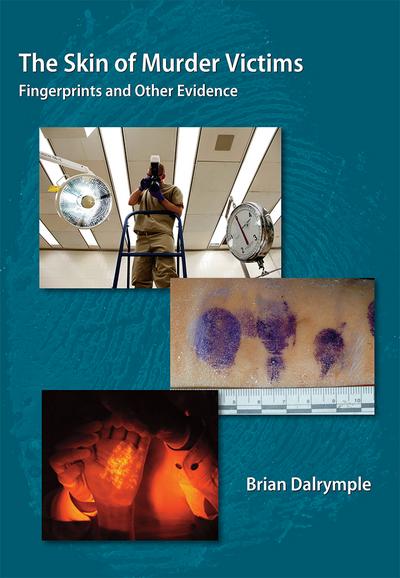The Skin of Murder Victims
Fingerprints and Other Evidence
2014
Tags: Forensics/Evidence
208 pp $49.00
ISBN 978-1-61163-005-3
eISBN 978-1-5310-0261-9
This full-color book focuses on the detection and recovery of the most powerful kind of physical evidence: the traces left behind by a killer on the body of his victim, most notably fingerprints, but also other important transfers, including shoeprints, blood impressions and writing — evidence that has been found concurrent with the search for fingerprints. Very little other evidence offers such a high inculpatory or exculpatory potential.
The search for fingerprints on the skin of murder victims began in the 1930s, with the inception of a relatively minor technique for difficult surfaces. Decades later, it would be the center of the first comprehensive research into detecting fingerprints on human skin, using actual cadavers. The highly successful results would lead a Canadian police force to be the first to formally offer this service to homicide investigators. Other periodic case successes would be reported over the following years, featuring a range of methods.
Body examinations are time and planning dependent, must be conducted prior to or concurrent with the autopsy process, and require the cooperation and approval of the medical examiners, pathologists and other partners in the investigation of homicide, all of whom will find this information valuable. Homicide is the most serious offense investigated by police. Hidden evidence of many kinds lies on the skin of murder victims, to remain concealed unless it is sought by those with the knowledge and intention to find it. The precise procedures, formulas and equipment of proven successful techniques are outlined, providing critical information for all professionals in homicide investigation who desire not only to apply the methods correctly, but also to add this technology to their program delivery.
Comp Copy If you are a professor teaching in this field you may request a complimentary copy.


